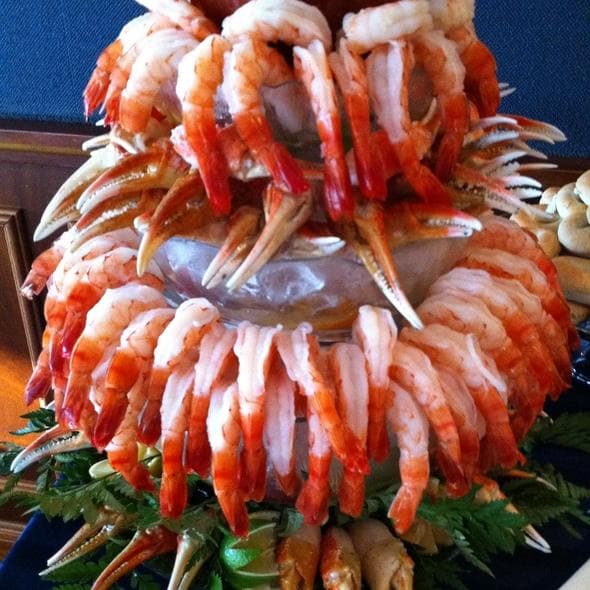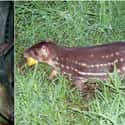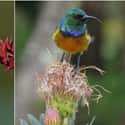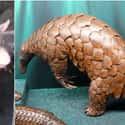-
(#6) Chevrotain And Paca
The chevrotain on the left is native to Africa and Asia, while the paca is from South America. Convergent evolution, scientists say, led to them both have similar markings on their torsos. Despite their remarkably similar appearance, the chevrotain is an ungulate (hoofed animal) while the paca is a rodent. Their "similar environmental demands" made them analogous creatures of a sort, despite being separated by the Atlantic Ocean, fulfilling the same "roles" in their respective ecosystems.
-
(#12) Rabbit And Bilby
Besides being objectively cuter than the Australian marsupial bilby, European rabbits share quite a bit with them. They both have "well-developed hindlimbs, which reflect their hopping form of locomotion, and their long ears emphasize the important role of hearing," according to PBS. Like many of the other Australian examples on this list, the isolated status of the Land Down Under as an island for more than 100 million years led to cases of convergent evolution like this.
-
(#3) Hummingbird And Sunbird
The familiar hummingbird on the left is a New World (Americas) bird, while the similar sunbird is from the Old World (Africa, Europe, and Asia). They belong to different orders but have similar lifestyles. Encyclopedia Britannica notes that they both "dart among tropical flowers, feeding upon nectar" and have a similar appearance because of how their feeding habits evolved (check out those bills). Some sunbirds also hover like hummingbirds when they feed. Their metabolic behavior is similar in certain species, too: both sunbirds and hummingbirds living at high altitudes have been known to enter a state of torpor at night, just like stoners in Denver.
-
(#10) Mole And Marsupial Mole
These two are similar to the flying squirrel and sugar glider: remarkably similar in many ways, but different in one huge way. The Australian marsupial mole, as the name indicates, is indeed a marsupial while the standard North American mole is placental (like humans). But both species, as PBS notes, "burrow through soft soil to find and eat insects" and have a "streamlined body shape" with "modified forelimbs for digging." Australia's status as an island for the last 100 million years or so has led to fascinating cases of convergent evolution like this.
-
(#1) Flying Squirrel And Sugar Glider
These two adorable little critters developed the whole "body-as-parachute" thing independently, believe it or not. On the left is the flying squirrel, commonly found in North America or Northern Europe. The other dude is a sugar glider, commonly found in Australia, New Guinea, and adorable YouTube videos. Their similar "wings" and big eyes are independent adaptations that evolved because they have similar lifestyles: they both leap from the tops of trees and forage at night. There's one big difference between the two: the flying squirrel is a placental mammal (like humans) while the sugar glider is a marsupial mammal (like a kangaroo).
-
(#14) Giant Armadillo And Giant Pangolin
These tank-like bad boys are not related but evolved similar characteristics. The giant armadillo is a native of North America, while the giant pangolin is from Africa. Both are mammals, and both evolved hard exteriors due to similar environmental conditions and evolutionary "pressure." The armadillo evolved a shell made from "plates of dermal bone" while the pangolin got keratin scales (similar in nature to horns).
New Random Displays Display All By Ranking
About This Tool
There are no genetically identical creatures, and even a random pair of identical twins will have subtle genetic differences. Due to individual differences, it is clear that the totally same species does not exist. But there are similar animal pairs with differences in the genetic structure, two different creatures that are geographically distant can converge and evolve to be very similar, such as the emerald tree boa and the Morelia Viridis.
There are more than 7 million species of animals living on the planet, sure that those species that look very similar are not surprised. The random tool lists 15 similar but unique animal pairs that are separated by a long distance.
Our data comes from Ranker, If you want to participate in the ranking of items displayed on this page, please click here.















